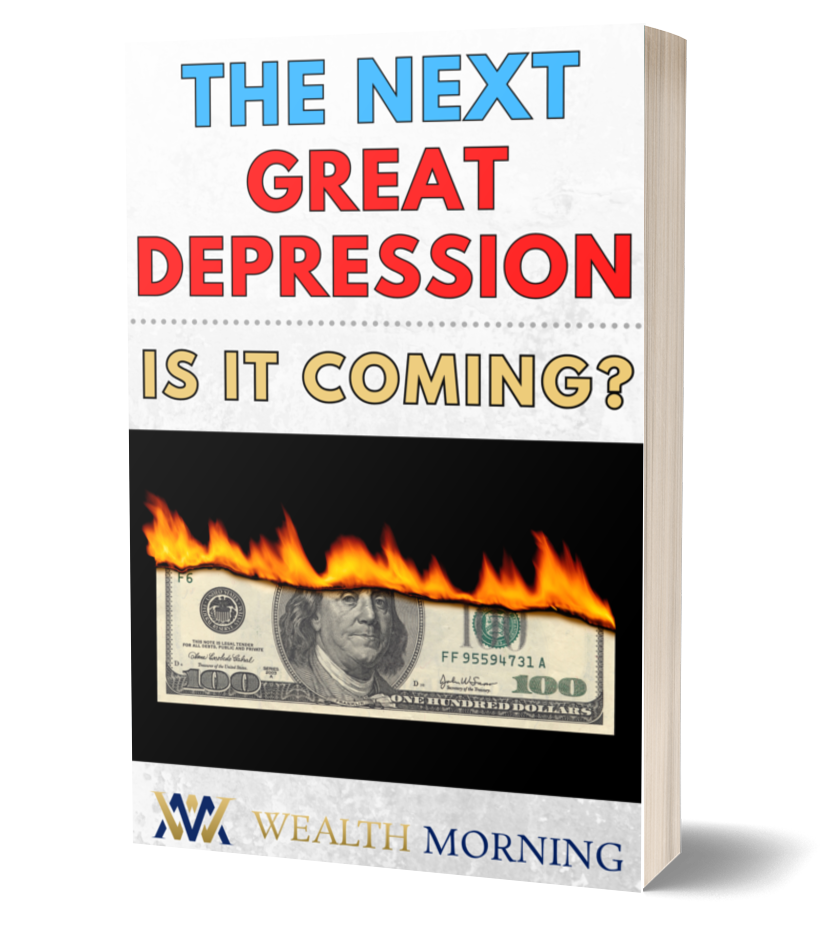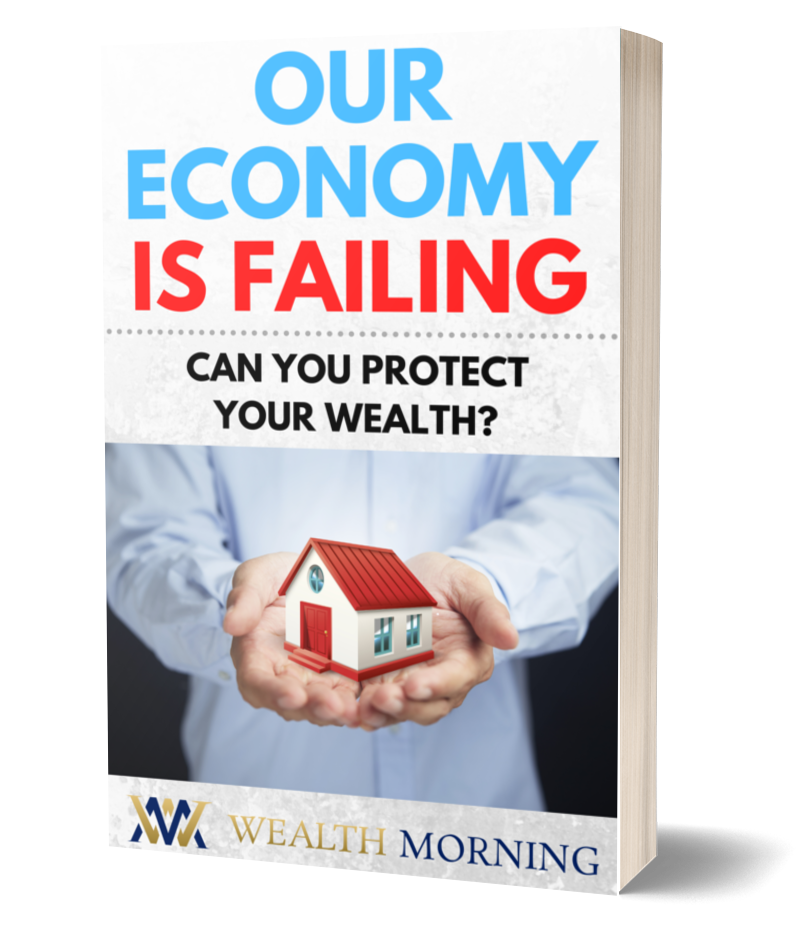ASB announced that it will be offering loans for KiwiBuild buyers for a down deposit of just 5%, and it will throw in a $2,500 cash bonus for fees stuff like appraisals or legal fees.
5% and $2,500 in bonuses?
For savvy investors, this could be a good opportunity. They might be able to use the money that would have been for a 20% deposit and put it towards investments — potentially profiting off this deal.
But for most, this new offer just means that they can ‘afford’ more expensive houses.
Let me illustrate.
Say you’ve got $32,000 saved up for a deposit.
Under the more standard 20% deposit requirements, you could afford a house that costs roughly $160,000.
But under ASB’s new 5% down offer, you can get a house that costs $640,000!
That’s a top-shelf KiwiBuild house.
Of course, ASB will probably claim that they’ll still administer strict checks on income and creditworthiness…but come on. If they’re happy to give out half-a-million-dollar cheques to folks who can barely save $25k, how can we truly expect these loans to pan out?
And how can those borrowers confidently take on those mortgages…especially as the market sits at current levels?
Even the Reserve Bank of New Zealand’s getting a touch nervous about this one. Here’s what they say about low loan-to-value ratios (emphasis mine):
‘A loan-to-value ratio (LVR) is a measure of how much a bank lends against residential property,compared to the value of that property. Borrowers with LVRs of more than 80 percent (less than 20 percent deposit) are often stretching their financial resources. They may be more vulnerable to an economic or financial shock, such as a recession or an increase in interest rates. When we talk about high-LVR (low-deposit) lending, we are generally referring to someone with less than a 20 percent deposit — or an LVR ratio of greater than 80 percent.’
Yikes! You know it’s a problem when the folks at the RBNZ admit it. [openx slug=inpost]
Three flaws
As it stands, I see three BIG issues here:
- Risk on behalf of the banks
- Risk on behalf of the borrower
- Risk in terms of market sustainability
The first issue — risk on behalf of the banks — is a knee-jerk reaction for me. I was there when borderline predatory loans in the US tipped the market into a free fall in 2008.
I’ve seen just how bad these overly ambitious loans can play out…
Here’s how Alan Greenspan saw the bubble (emphasis mine), ‘The big demand was not so much on the part of the borrowers as it was on the part of the suppliers who were giving loans which really most people couldn’t afford.’
And it can’t be placed only on the shoulders of the lenders. They were allowed to inflate this bubble through perfectly legal channels, under the banner of ‘affordability’.
Thomas Sowell described it well (emphasis mine):
‘The development of lax lending standards, both by banks and by Fannie Mae and Freddie Mac standing behind the banks, came not from a lack of government regulation and oversight, but precisely as a result of government regulation and oversight, directed toward the politically popular goal of more “home ownership” through “affordable housing,” especially for low-income buyers.’
Look around you. Politically, what can be more popular now than ‘home ownership’ and ‘affordable housing’?
It’s hair-raising.
The second issue is the risk that the borrower takes on.
They’re committing to a massive loan — to which they’ll be tethered for decades.
And they’re buying at what appears to be the peak of the market. Buyers might proclaim this or that being the ‘current value’ of the house…but in my view New Zealand’s housing market is at risk of a significant tumble.
These buyers could soon be underwater in their cold, damp, state-built shoebox, paying mortgage payments out the wazoo. Enjoy the next 30 years, mate!
And that leads into my final concern — the market.
Take a helicopter’s view of the market and tell me with a straight face that this is a good time to buy.
Sure, Kiwis haven’t really seen a housing market crash before. But how does that translate into it not being possible? Is New Zealand some magical land where houses have nowhere to go but up?
Of course not. Any first-year economics student will tell you that what goes up must come down…even just for a short while. Cycles are real. Booms are real. Busts are real.
We’re in a boom. Next stop? Bust. That’s how it works.
And I’m not so much concerned with the question of when. Instead, I’m thinking about how far. How far will prices fall? Will it be a ‘softening’ as many public pundits like to predict? Or will it be a cliff face with a bloody pile of bankruptcies and empty houses at the bottom?
Hard to tell for sure. But is it worth the risk?
Let me know what you’d do at [email protected]
Best,
Taylor Kee
Editor, Money Morning New Zealand





Taylor Kee is the lead Editor at Money Morning NZ. With a background in the financial publishing industry, Taylor knows how simple, yet difficult investing can be. He has worked with a range of assets classes, and with some of the world’s most thought-provoking financial writers, including Bill Bonner, Dan Denning, Doug Casey, and more. But he’s found his niche in macroeconomics and the excitement of technology investments. And Taylor is looking forward to the opportunity to share his thoughts on where New Zealand’s economy is going next and the opportunities it presents. Taylor shares these ideas with Money Morning NZ readers each day.